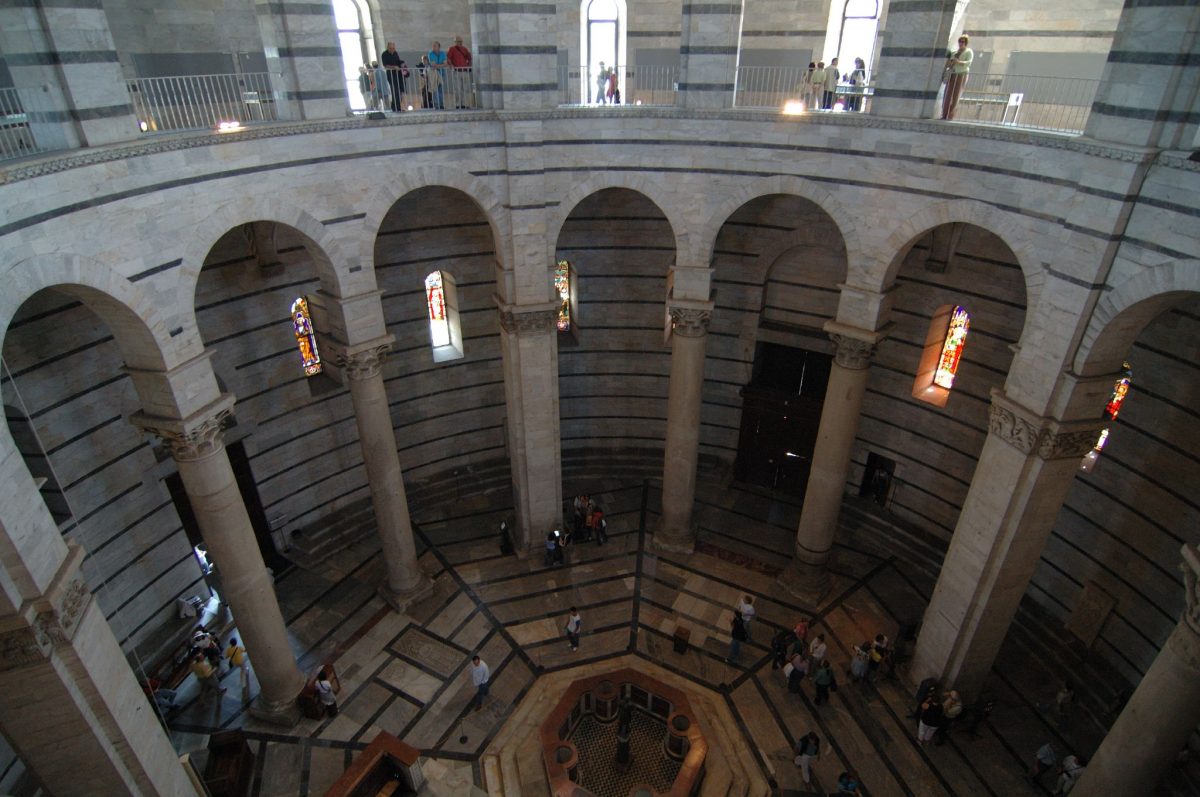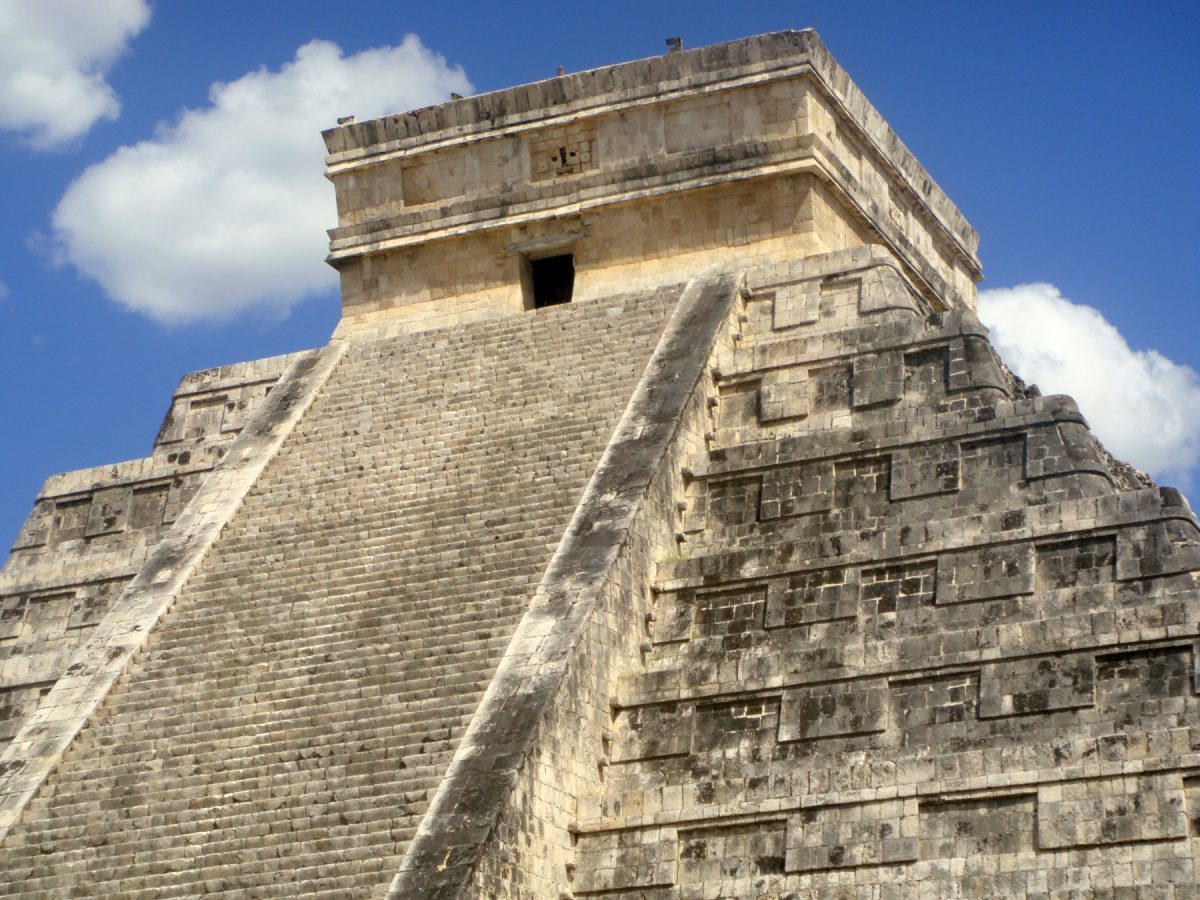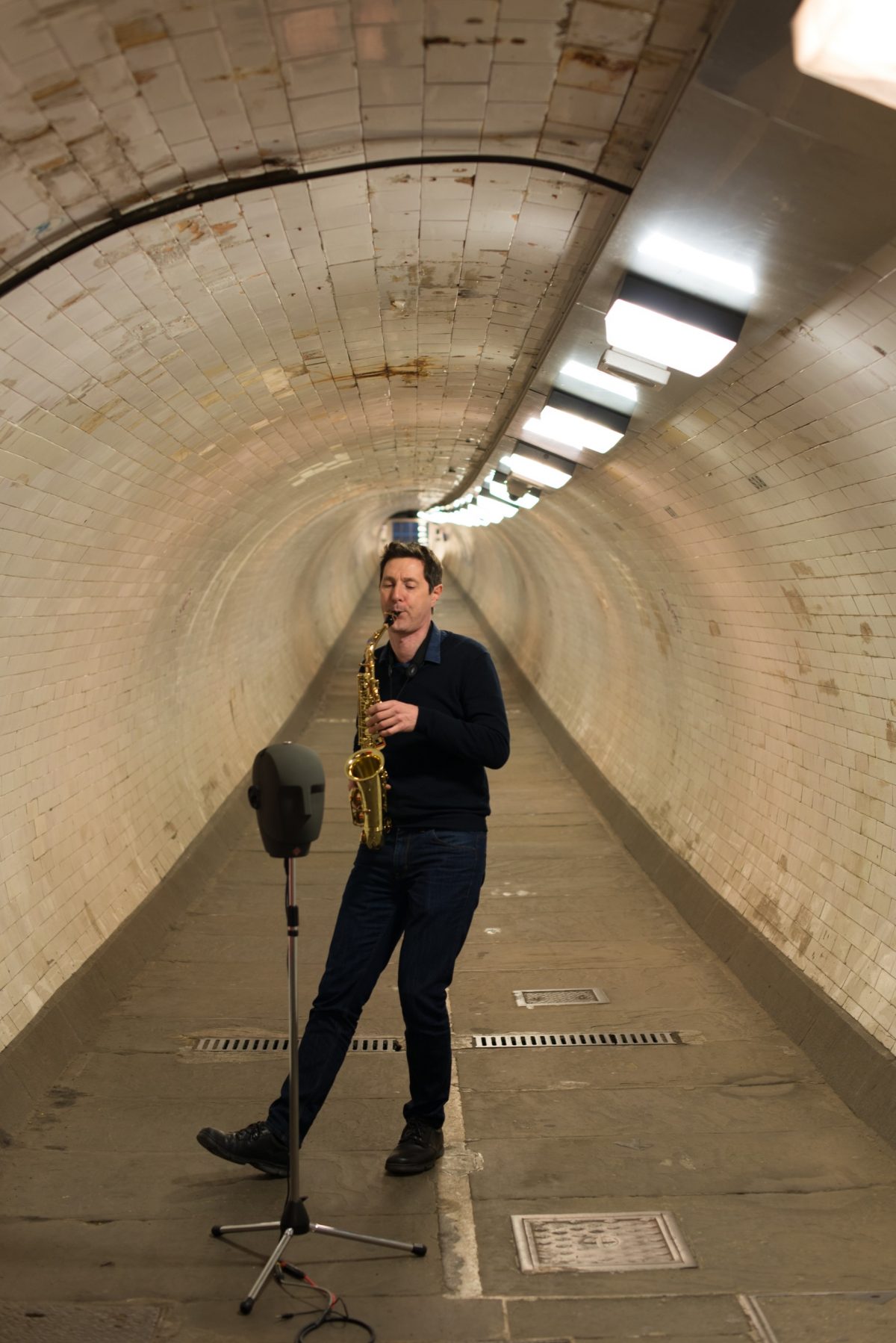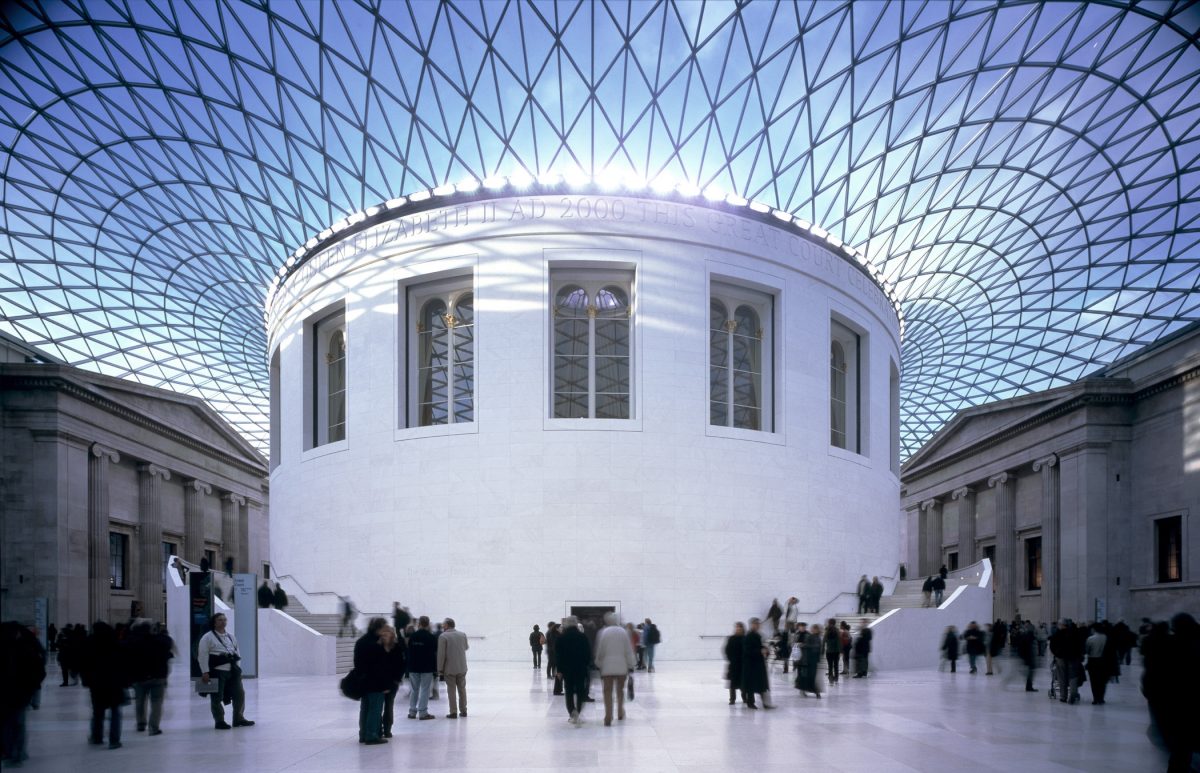Under the dome of the Baptistry in Pisa a stunning acoustic effect can be heard. Notes sung here last so long, it’s actually possible to accompany yourself: new notes will harmonize with old ones still reverberating around. The Baptistry Guards will often demonstrate this beautiful effect.
The key to the remarkable acoustic is that there’s very little soft material about to absorb the sound. Consequently, notes rattles around the space for a long time, some suggest for over 12 seconds, before the sound dies away and becomes inaudible.
Logistics
To enjoy the wonderful acoustic arrive early before it gets too busy. Website with opening hours.
Credits
- Sound (c) jnbcarvalho
- Photo: gaspa (c) some rights reserved






